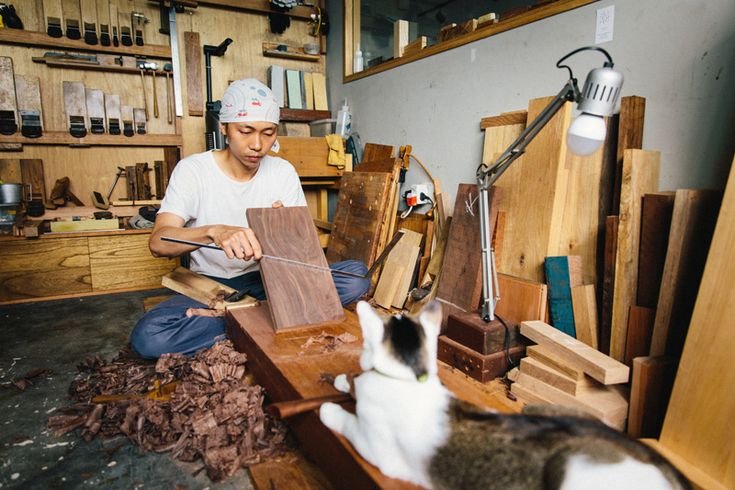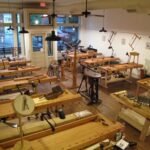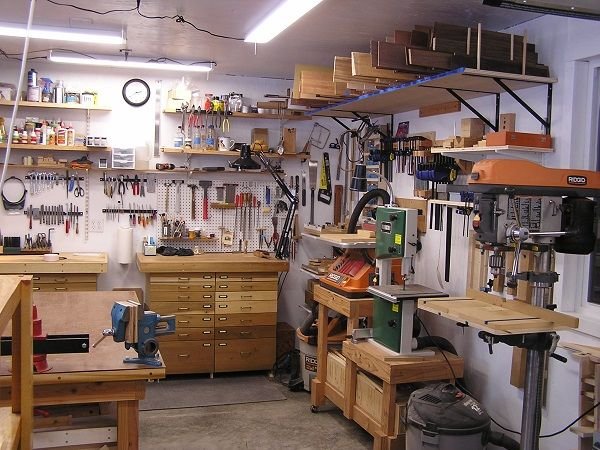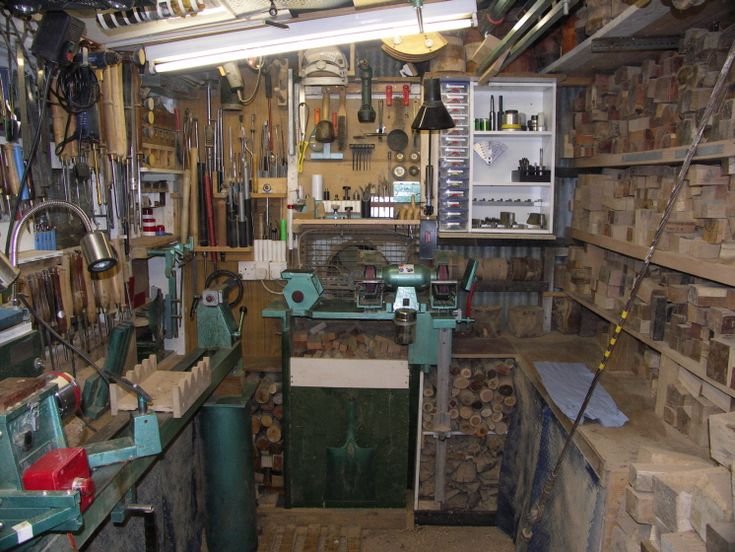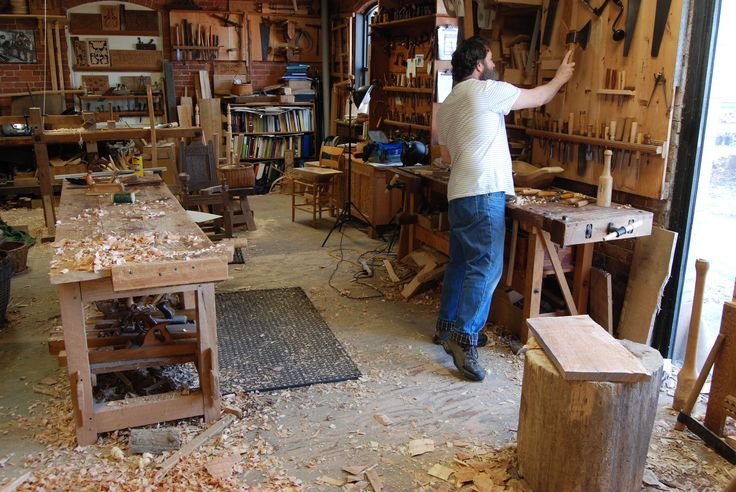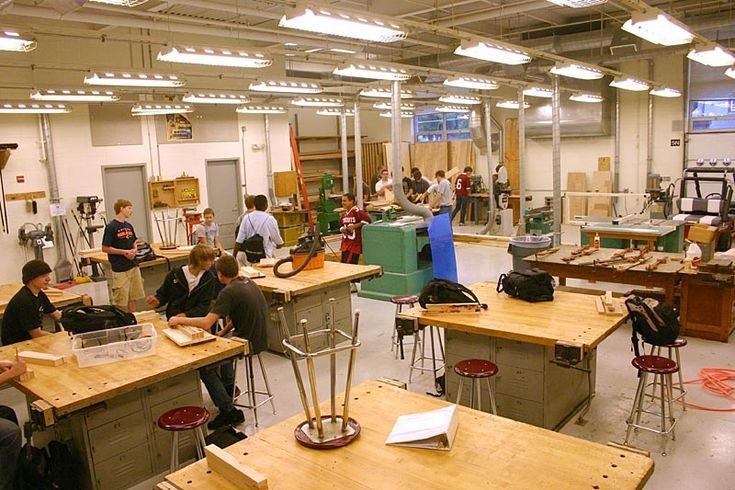The Quest for Timber
You know, when I first started out in woodworking, I thought finding timber would be a piece of cake. I mean, how hard could it be? Just walk into a store, grab some wood, and start building, right? Well, let me tell you, it wasn’t nearly as simple as I’d imagined. There was plenty of head-scratching, a few almost-tears, and a couple of late-night Google searches that left me more confused than ever.
I still remember the scent of freshly cut cedar wafting through the air at the local lumber yard. Just the thought of it makes my heart race a little. There’s something about that earthy smell that gets my creative juices flowing. But man, oh man, did I learn the hard way about buying timber.
The Great Plywood Debacle
So, there I was, all fired up about building a coffee table. Everyone and their mother had been raving about this walnut table they’d seen online. “Why not?” I thought and set out on my quest. My first stop was this big-box store that, honestly, felt more like a circus than a hardware store. Bright fluorescent lights, endless aisles, people milling about like they knew what they were doing—totally overwhelming.
I wandered around, juggling a cart like a lion tamer, just trying to keep my wits about me. I ran into a bunch of different plywoods—birch, oak, maple—but nothing felt quite right. I was hoping for something rich and warm, but the choices started to blur together. After a while, I just grabbed some basic pine, thinking it’d be easy to work with. Spoiler: it wasn’t.
Saws and Scratch Marks
I got this bright idea to maybe stain the pine to give it a warmer look. I mean, how hard could it be to turn a cheap piece of wood into a warm, beautiful tabletop? I picked up some Minwax stain in a deep walnut color, thinking I was basically a pro. When I finally got home, I set up my little workspace in the garage. It felt cozy—my radio playing some oldies, the smell of sawdust mingling with the wood.
But, here’s the kicker: I didn’t prep the wood properly. No sanding, no sealer, just jumped right in. Then I slapped that stain on and watched in horror as it splotched unevenly. I almost gave up right then and there. “What are you even doing?” I thought. It felt like a slap in the face.
Learning Curve
Well, I didn’t give up, thankfully. I learned the hard way that when it comes to lumber, it pays to know what you’re working with. I went back to the lumber yard. This time, rather than just grabbing whatever, I approached a guy who looked like he knew what he was talking about—let’s call him Dave. I mean, if there’s one thing I’ve learned, it’s that asking for help can save you a ton of time and heartache.
Dave totally steered me in the right direction. We spent a good twenty minutes chatting about hardwoods, how to choose the right grain, and why using a good finish is crucial. He pointed out the difference between softwoods and hardwoods, and I had that lightbulb moment when I realized, “Oh, this is why people rave about walnut!”
The Right Place
Funny story—after my mishap, I found a smaller lumber supplier just outside of town. It was way less intimidating, and honestly, the wood selection blew me away. There’s nothing like the feel of a good piece of hardwood in your hands, you know? They had American cherry, poplar, and of course, walnut. I bought some cherry for my coffee table redo, and I remember that moment when I laid the boards out. The rich, reddish hue just madeeverything click. I could almost see the table in my mind.
Home Again With Cherry
When I got back home, I was practically buzzing with excitement. Like a kid on Christmas morning. I knew I had to take my time this time around. No shortcuts! I sanded each piece meticulously, and the sweet sound of the sander humming away felt so satisfying. I even took a moment to breathe in the fine dust mingled with the scent of the cherry wood. I don’t know how to describe it—almost nutty, like a warm hug.
And when I applied that stain? Oh man, perfection! It soaked in beautifully, transforming that cherry into a stunningly rich color I hadn’t even imagined. I couldn’t help but laugh when I actually stepped back to admire what I’d made. It felt like a whole new kitchen centerpiece. And the best part? My family loved it, and I could swear the table was warming up our home with its craftsmanship.
Reflecting on the Journey
Looking back, that whole experience has been a rollercoaster, to say the least. From my clumsy beginnings in that big-box store to building something I’m actually proud of, I’ve learned a ton. Not just about wood types or tools—I’ve discovered patience, the value of good advice, and a sense of accomplishment that comes with making something with your own two hands.
So, if you’re thinking about diving into woodworking, don’t shy away from the hiccups. Find a local lumber yard, talk to folks who know what they’re doing, and take your time. Don’t get discouraged if things don’t go how you planned the first time. I mean, there’s something kind of beautiful about those mess-ups; they’re part of the journey.
Grab a piece of timber, give it a go, and don’t forget to enjoy the process. Trust me, it’s worth it. Get your hands a little dirty and let that wood speak to you. If nothing else, you’ll walk away with stories—and maybe a coffee table that you can call your own.

